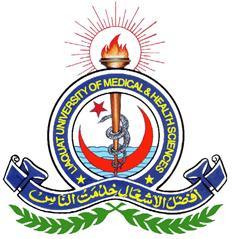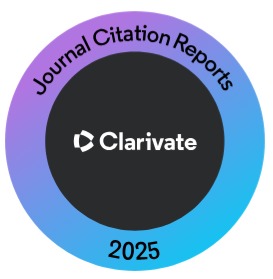Fodder Cutter Machine Injuries: An Unsafe Household Item in Rural Sindh in Pakistan
Abstract
Objective: To analyze the demographic features and patterns of fodder cutter machine injuries in rural areas of Hyderabad, Sindh.
Methodology: This descriptive study was conducted in the Department of Orthopedic Surgery and Traumatology at Liaquat University of Medical Health Sciences Jamshoro from February 2018 to January 2019. Total 56 patients with fodder cutter machine injuries of either sex and any age presented were included in the study. Data collected and analyzed on SPSS version 21.
Results: In this study 56 patients affected by fodder cutter machine injury were received, out of these 38 (68%) were male and 18 (32%) were females. All patients sustained injuries to the upper limbs. The mean age was 24.54±12 years. Amputations of the distal phalanges were the commonest injuries noted in 11(13.5%) patients followed by palm and dorsum of the hand injuries (11.1%, n=9) and amputations at carpometacarpal joints (11.1%, n=9. Majority (86%, n=48) patients were injured while operating the machine at home and (14%, n=8) patients sustained injuries while laboring outside of home. Majority (75%, n=42) patients were injured by electric motor driven, while 14 (25%) were injured by manual machine. Time of injury was mostly in the morning (48%, n=27) followed by afternoon (41%, n=23) and evening (10.7%, n=6).
Conclusion: Amputations of the right-hand distal phalanges were the most commonly reported injuries due to electric fodder cutter machines used at home in the morning time. Male adolescents were more prone to these injuries than others.
Key words: fodder cutter machine, injury, amputation, hand injuries.
Downloads
Published
How to Cite
Issue
Section
License
Submission of a manuscript to the journal implies that all authors have read and agreed to the content of the undertaking form or the Terms and Conditions.
When an article is accepted for publication, the author(s) retain the copyright and are required to grant the publisher the right of first publication and other non-exclusive publishing rights to JLUMHS.
Articles published in the Journal of Liaquat University of Medical & health sciences are open access articles under a Creative Commons Attribution-Noncommercial - Share Alike 4.0 License. This license permits use, distribution and reproduction in any medium; provided the original work is properly cited and initial publication in this journal. This is in accordance with the BOAI definition of open access. In addition to that users are allowed to remix, tweak and build upon the work non-commercially as long as appropriate credit is given and the new creations are licensed under the identical terms. Or, in certain cases it can be stated that all articles and content there in are published under creative commons license unless stated otherwise.























